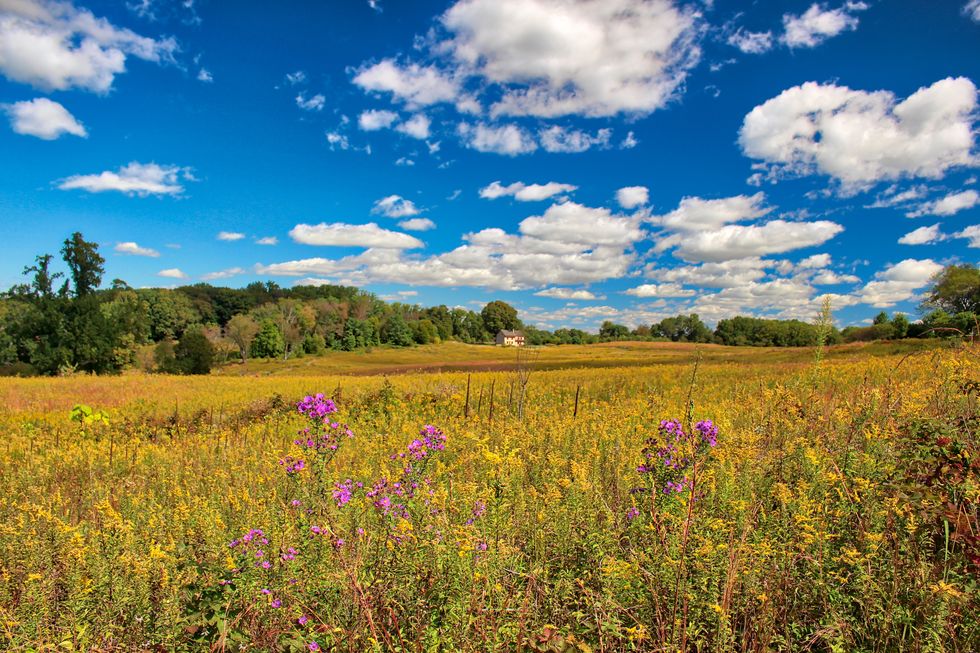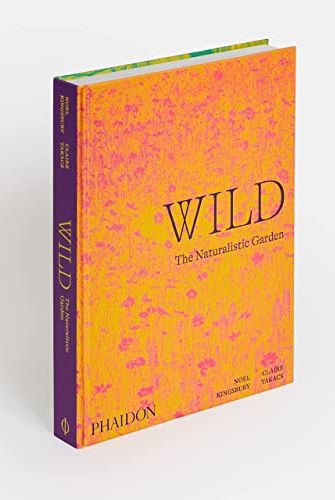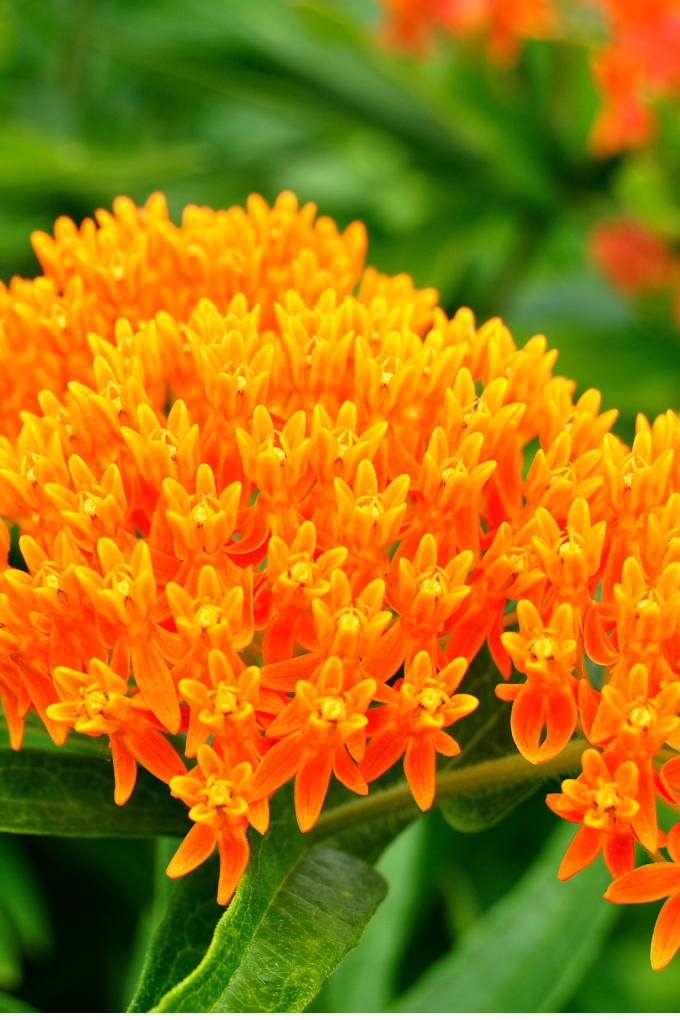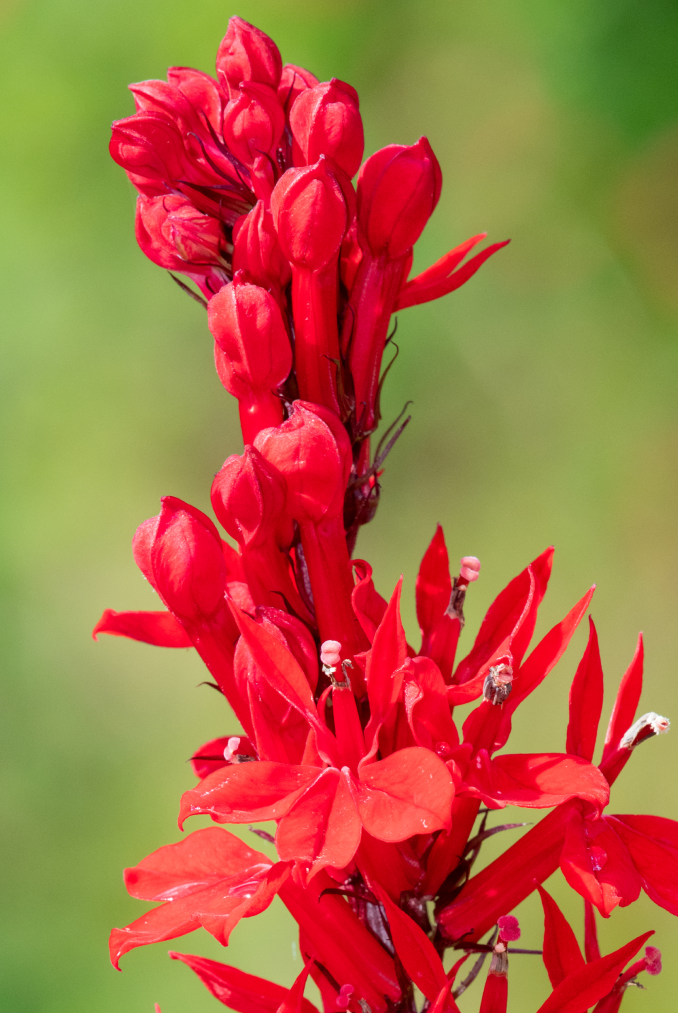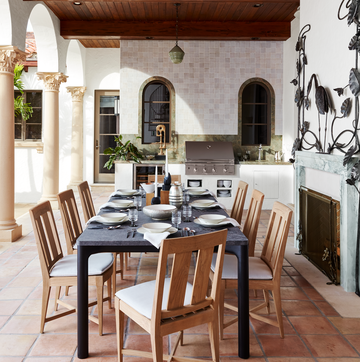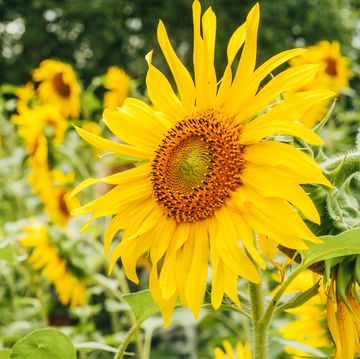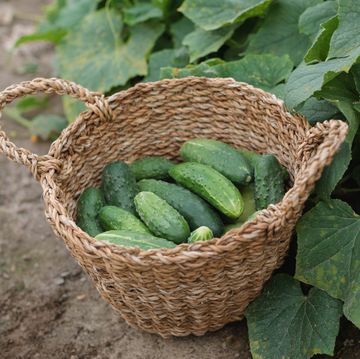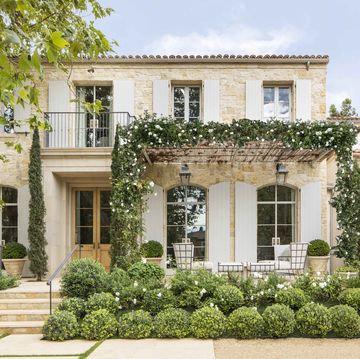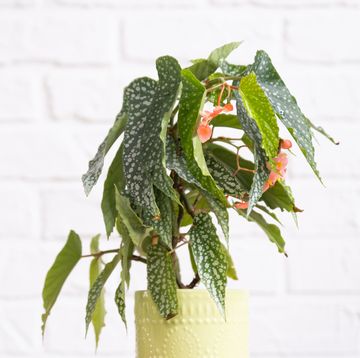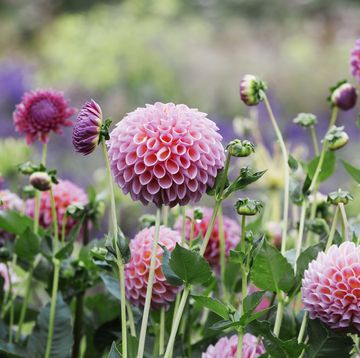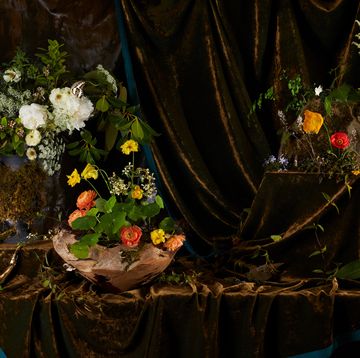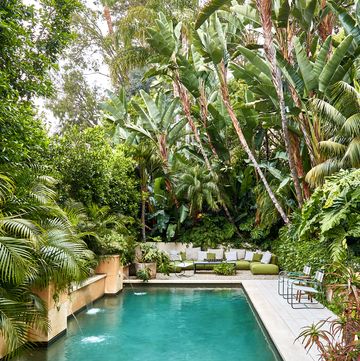Meadows are an ethereal, almost magical space. They evoke hazy summer afternoons, grasses waving in the breeze, and butterflies flitting through the wildflowers. Meadow gardens typically feature native plants, so they attract wildlife, support pollinators (like hummingbirds, bees, and butterflies), and offer a changing view through the seasons. But they’re also much more complex than you’d imagine. “A meadow garden is neither a traditional garden that’s cultivated and controlled, nor a wild space, which is not cultivated,” says Michael Hagen, curator of New York Botanical Garden’s Native Plant Garden. “It’s actually a complicated ecosystem which requires management to its maintain diversity.”
Like many other gardening trends—such as cottage gardens—interest in meadow gardens has increased in recent years. The concept has grown alongside the new naturalism movement, which emphasizes plant diversity and more relaxed design over neat-as-a-pin perennial beds or tidy rows of manicured evergreen shrubs. The trend is aesthetically and emotionally appealing and connects us to the rhythms of nature in a positive way, says Hagen.
Yet a meadow garden is a precious space that’s challenging to replicate. “Meadows are relatively rare in nature,” says Hagen. “They usually occur in a forest clearing or on steep or inaccessible areas with nutrient-poor soils. It’s a mistake to think that if you stop mowing, you will automatically have wildflowers growing. Meadow gardens are immensely rewarding but they’re actually complicated, hyper-managed spaces which require knowledge, effort, and thoughtfulness.”
Here’s what else you need to know about meadow gardens and how to add elements of this garden style to your landscape:
How did meadow gardens originate?
In a historical context, the idea of meadow gardens evolved from a concept that’s been utilized in European agrarian communities for centuries. “A meadow is a specific type of agricultural term for a kind of land management which provides hay for livestock in areas not suitable for other crops,” says Hagen. In this setting, livestock typically graze in the area, then they're excluded from the space from spring to early summer when a flush of wildflowers occurs. The meadow is then mowed and allowed to regenerate to provide forage for animals over the winter.
From those agricultural roots, the term has come to mean a sunny area of grasses and flowering herbs, which typically includes pollinator-friendly and lower-maintenance plantings. “A meadow garden is tended for both beauty and biodiversity,” says Lea Johnson, PhD, associate director, land stewardship and ecology at Longwood Gardens. “It’s a place where horticulture and landscape design are integrated with ecology. Meadow gardens have become more popular in public parks, corporate settings, and private landscapes in recent years because of increased interest in native plants, pollinators, and lawn alternatives.”
How do I plant a meadow garden?
Do a bit of homework before deciding to plant a meadow garden, because not all sites are suitable for meadows, says Hagen. Pay attention to environmental conditions in the area. Is the space wet, dry, sunny, or shady? Meadow plants need sun. Learn about what’s already growing on the site or in your neighborhood on untended strips of land, which will help you figure out what kind of plants are suited to the area. Also, has chemical fertilizer been used? Remember that meadow plants prefer low-nutrient soils. Check with your local university coop extension service (find yours here) for more information on the best native plants for your region.
If you’d like to experiment with meadow gardening, start small by using part of an existing planting bed, a small section of yard, or the sidewalk strip between your lawn and the road, suggests Johnson. Make sure the area receives full sun, which is 6 or more hours per day. Prep the area by removing existing grasses and weeds. Consider investing in plants if possible, rather than seeds, which require more patience. Keep the area weeded, especially during the establishment phase; this is another reason to purchase plants instead of seeds because you sometimes can’t tell the difference between seedling wildflowers and weeds, says Johnson.
Should I convert my lawn into a meadow garden?
It is possible, but it’s not as simple as tilling up the grass and planting a few packages of wildflower seeds. “Meadow gardening is quite technical,” says Hagen. “You’re trying to replicate plant communities as they occur in nature, but they’re diverse ecosystems with lots of different plants, which change as the environment changes.” For example, when a tree falls, there’s suddenly more light in a meadow, or if a flood occurs, there’s more moisture. All of these factors influence what thrives in a meadow.
You also must commit to weeding and removing more aggressive plants that will outcompete wildflowers. “If you’re managing a meadow garden, you can’t ignore it,” says Hagen. “Otherwise, nature will balance itself in ways you find unappealing or unacceptable.” In addition, you’ll need to keep a regular mowing schedule to maintain plant diversity. A meadow is not a no-mow situation, but rather, you change the frequency and timing of your mowing, making sure to cut your meadow back by mid-summer.
Another tip: Choose an area to experiment that’s not going to appear untidy or neglected until mowed (perhaps a side yard instead of the front yard?). You don’t want to upset neighbors or homeowner’s associations who may not see your new garden in the same light. Also, be aware that some communities may have ordinances prohibiting such plantings.
How can I incorporate a meadow garden into my landscape?
If converting your lawn seems too ambitious, you can find ways of adding meadow garden elements to your garden without a full-scale conversion. One technique is to plant early-blooming spring bulbs, such as crocuses, snowdrops, and muscari, throughout your lawn. “It will look brilliant when they’re in bloom,” says Hagen. “The bulbs will bloom in early spring, then you wait 6 weeks after the flowering is finished before mowing.” Spring bloomers must be planted in the fall, so order bulbs ahead of time, and nurseries will ship when it’s time to plant in your area.
If you don’t have space anywhere else, another way to bring meadow garden elements to your landscape is to plant containers of herbs that pollinators love, says Johnson. Or plant mixed containers of smaller grasses such as fescues and sedges along with spring-blooming bulbs and wildflowers. Every bit of mini meadow you add to your own garden supports pollinators, increases plant diversity, and adds texture and beauty to your own little bit of nature.
Arricca Elin SanSone has written about health and lifestyle topics for Prevention, Country Living, Woman's Day, and more. She’s passionate about gardening, baking, reading, and spending time with the people and dogs she loves.

